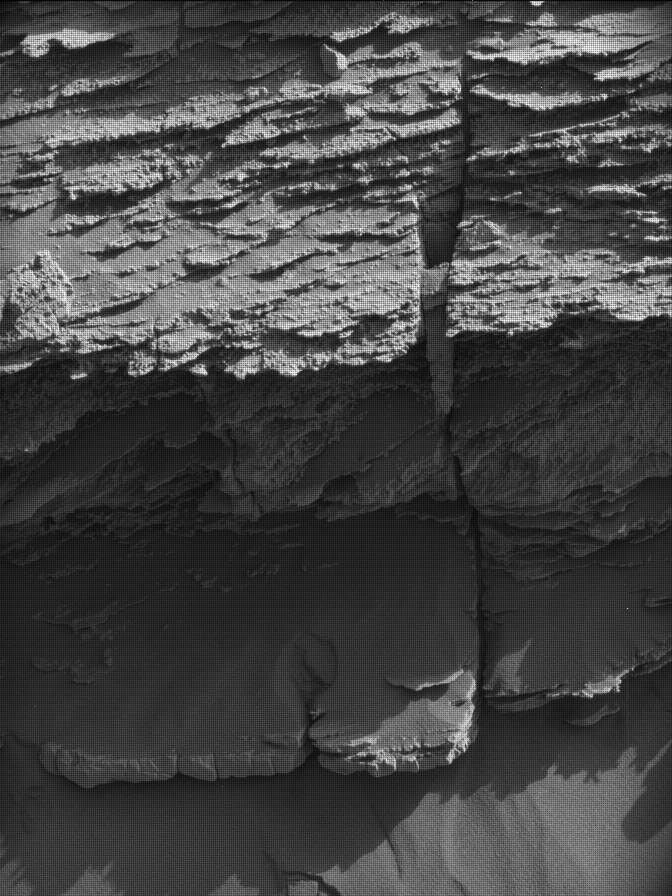Over the past several weeks, Perseverance has traveled up Jezero’s western fan and has begun exploring its upper surface, a potential treasure-trove of information about the river systems that flowed into the crater and the rocks they may have brought in from other areas!
After dropping off our first sample depot at Three Forks, we began to explore further up the fan then we had ever been before! We drove past Knob Mountain, up through White Rocks, and through Jenkins Gap. On February 21st (Sol 710) we left Jenkins Gap and began a long drive to our next destination, Tenby, which was about two kilometers away. While we drove, we collected great views of the layered sedimentary rocks making up this part of the sequence. Along the way, our helicopter friend Ingenuity made several more flights to keep up with us and observe the terrain ahead.
We stopped at Skrinkle Haven on March 1st (Sol 720) where we got our first look at the curved layers of rock that we saw from orbital images, and which we hope to sample once we arrive at Tenby. By pausing our drive here, we were able to use MastCam Z and SuperCam to gather preliminary data of the curved layers so that we have a better idea of what to expect from Tenby. On March 11th, (Sol 731) we continued onward with the final 600 meters of distance to our location.
Finally, we arrived at Tenby on March 13th (Sol 733). This is where we will spend time studying the rocks known as the “curvilinear units,” which look like curved lines on top of the fan from the orbital images. These layers may represent ancient riverbeds meandering back and forth across the top of a delta, bringing in sand, cobbles, and boulders from areas outside Jezero crater. We hope to study and sample the curved layers here, so that we can understand both the history of the sedimentary rocks in the crater and the geology of the surrounding watershed.
The team is super excited to begin studying Tenby with all the amazing scientific instruments aboard the rover!
Written by Lydia Kivrak, Student Collaborator at University of Florida




































